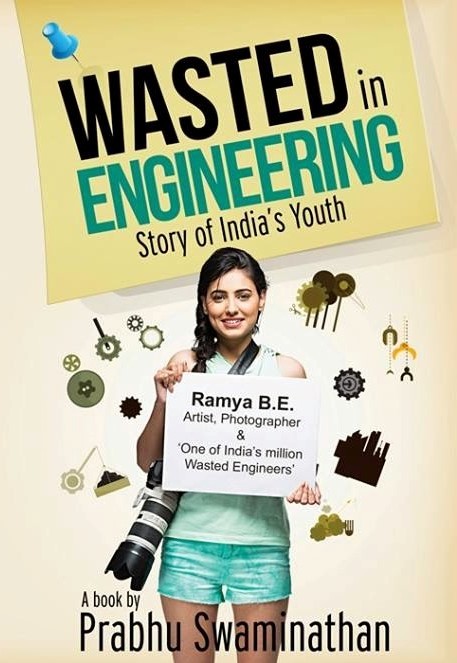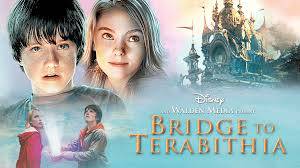"To them, I say, India being super-happy is more
important than India being a super-power, and one of
the many obstacles in achieving a happy India is our
obsession with engineering education."
-Prabhu Swaminathan, Wasted in Engineering: A Story of India’s Youth
Genre: Non Fiction
Rating: 3.75/5
 When I downloaded the copy of Wasted in Engineering with the cover of a girl with a DSLR hanging around her neck, I almost groaned. I really wasn’t looking for a book written in Chetan Bhagat’s clichéd style of romance. However, this book turned out to be non-fiction.
When I downloaded the copy of Wasted in Engineering with the cover of a girl with a DSLR hanging around her neck, I almost groaned. I really wasn’t looking for a book written in Chetan Bhagat’s clichéd style of romance. However, this book turned out to be non-fiction.
And I am so thankful to the author’s decision making skills for not making it a rom-com.
In a country like India, where the predominant undergraduate degree options for its youth is a tie between engineering and medicine, a book like Wasted in Engineering is a god-send guide. Every year, about 1.5 million engineering students graduate from around 3,500 engineering colleges in India, with a huge percentage of them from Tamil Nadu and Andhra Pradesh. Around 90% of these graduates are “pushed” into engineering, with decisions to enrol in engineering colleges made by their parents or relatives without considering the aspirations of the +2 pass out.
This book is aimed at those 90% of students.
There is a frank Author’s Note at the beginning of the book in which Mr Swaminathan, as an Electrical and Electronics Engineering graduate from Meenakshi Sundarrajan Engineering college, states that this book is particularly close to his heart because it is centred around his struggles as an engineering graduate and that he hopes the reader would, at the end of the book, think twice before encouraging the present sort of social system that preaches, “Engineering padicha nalla future.” (If you study engineering, you’ll have a good future.)
This little gem of 184 pages is an unusual delight peppered throughout with examples, real life incidents, good advice, and the author’s outrage at the Indian education system which essentially kills the creativity of around a million young men and women every year.
This little gem of 184 pages is an unusual delight peppered throughout with examples, real life incidents, good advice, and the author’s outrage at the Indian education system which essentially kills the creativity of around a million young men and women every year. The author also offers suggestions for engineering students who wish to pursue a non-engineering related career in a manner that makes him sound that he knows exactly what he is talking about.
The clarity of wisdom in those suggestions makes this book a near perfect accompaniment to that hot cup of tea on a cold evening.





